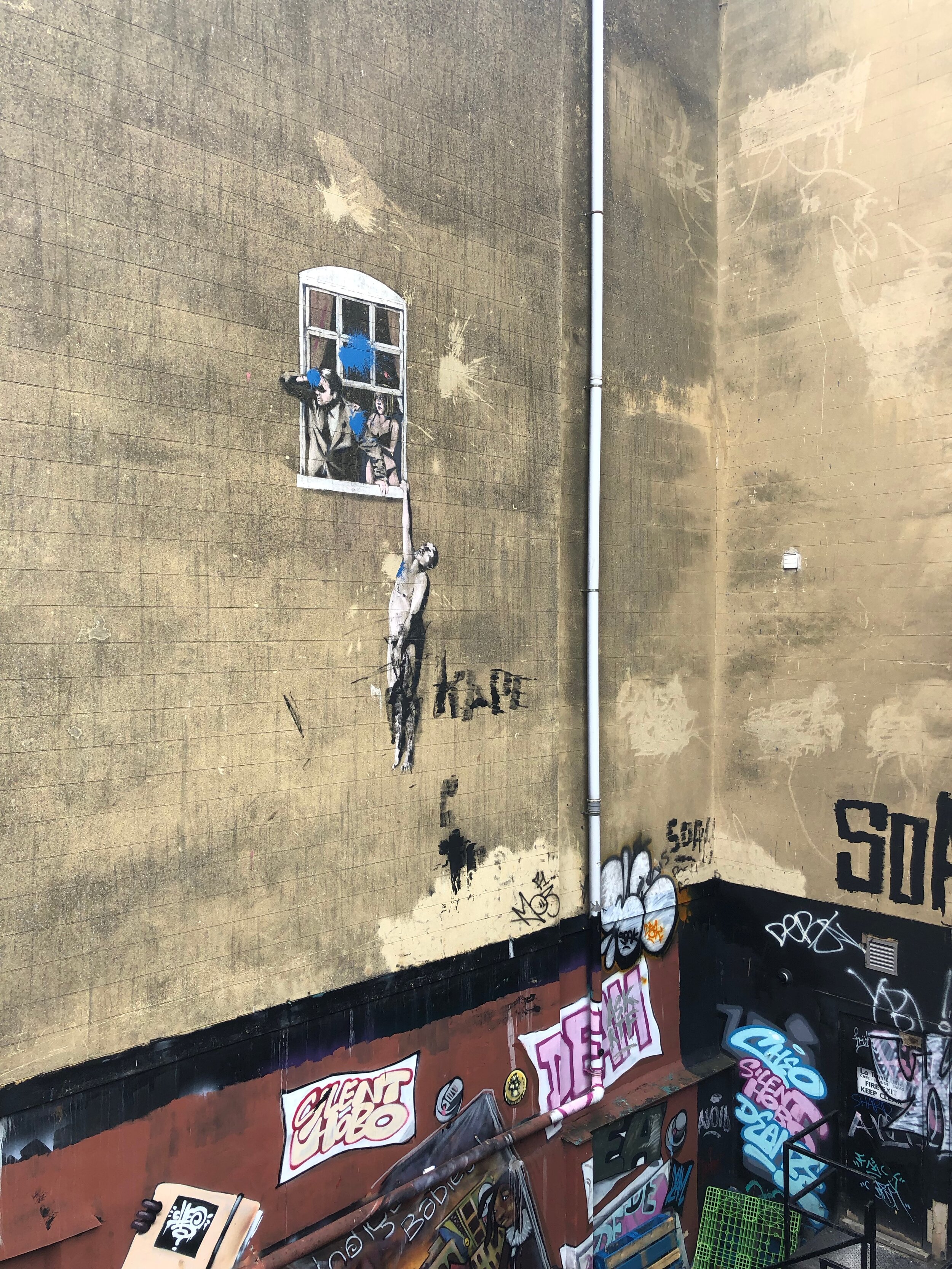As registration for Spring 2019 academic courses begins soon, I wanted to provide more information about courses I will begin teaching starting January, 2020. Please see detailed descriptions below. If you have any specific questions that are not answered here, you can contact me directly. I look forward to another rich and engaging semester with both new and familiar faces. **NOTE: Pre-requisites for ARTH 3160 and ARTH 2222 allow for more flexibility in registration for non-Fine Arts students**
ARTH 3160: URBAN, GRAFFITI, AND STREET ART
Kwantlen Polytechnic University (Wednesdays 7:00-9:50pm, Surrey Campus Fir 136). Prerequisites: 6 credits of ARTH or 18 credits of 1100-level courses or higher, and ENGL 1100.
Street art in Bristol, England.
ARTH 3140 offers a critical and historical examination of the origins and evolution of graffiti and street art in the urban context. Beginning first with an overview of the subculture of graffiti as it emerged on the streets of Philadelphia and New York over forty years ago, the course will track the rise of graffiti and street art from its first appearance on North American city streets through to its often controversial foray into the contemporary art scene and into its present status as among the most circulated and highly visible forms of public art both on the Internet and in cities around the world. As such, the course will consider the broader role that graffiti and street art have played in the cultural landscape and consciousness of the city, dating back through earlier episodes in history when slogans and political/social commentary written illicitly on public walls emerged as the recognized precursor to modern forms of graffiti and street art.
Themes and issues covered in this course include the form and content of signature graffiti writing (tags, throwies, pieces) and street art media and techniques (murals, stencils, stickers, mosaic tiling, yarn bombing, street sculptures and installations); the emergence of key individuals, crews, and rivalries on local and global scenes; the influence of hip-hop and music cultures on graffiti and street art; identity politics and the contest over real and virtual public space; the role and influence of celebrity graffiti and street artists on the scene (i.e. Shepard Fairey, Banksy, David Choe, Retna, Os Gemeos, JR, Lady Pink, and Miss Van), and the influence of technological, digital, computerized, and networked information technologies in the creation, distribution, and circulation of graffiti and street art today.
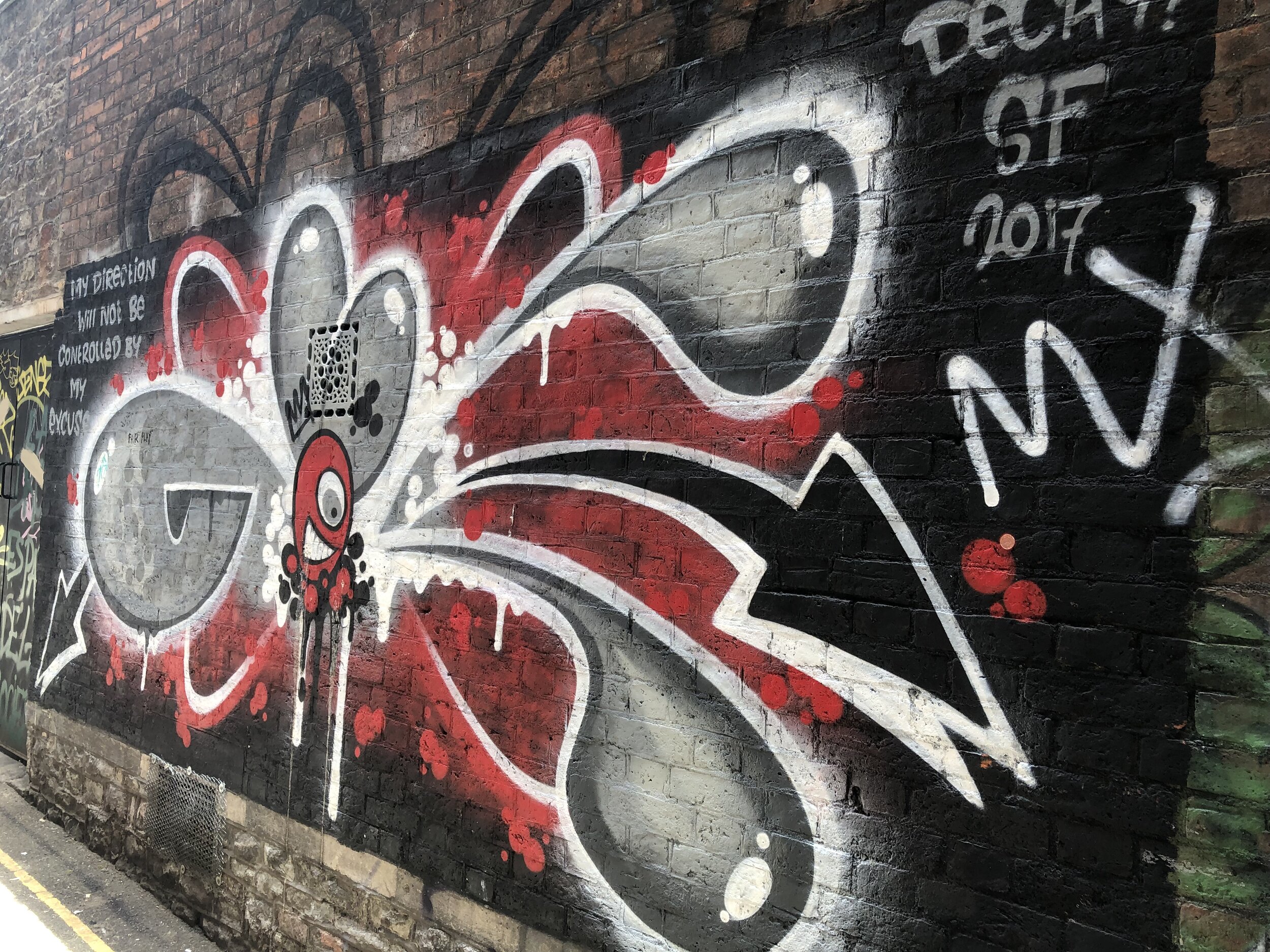
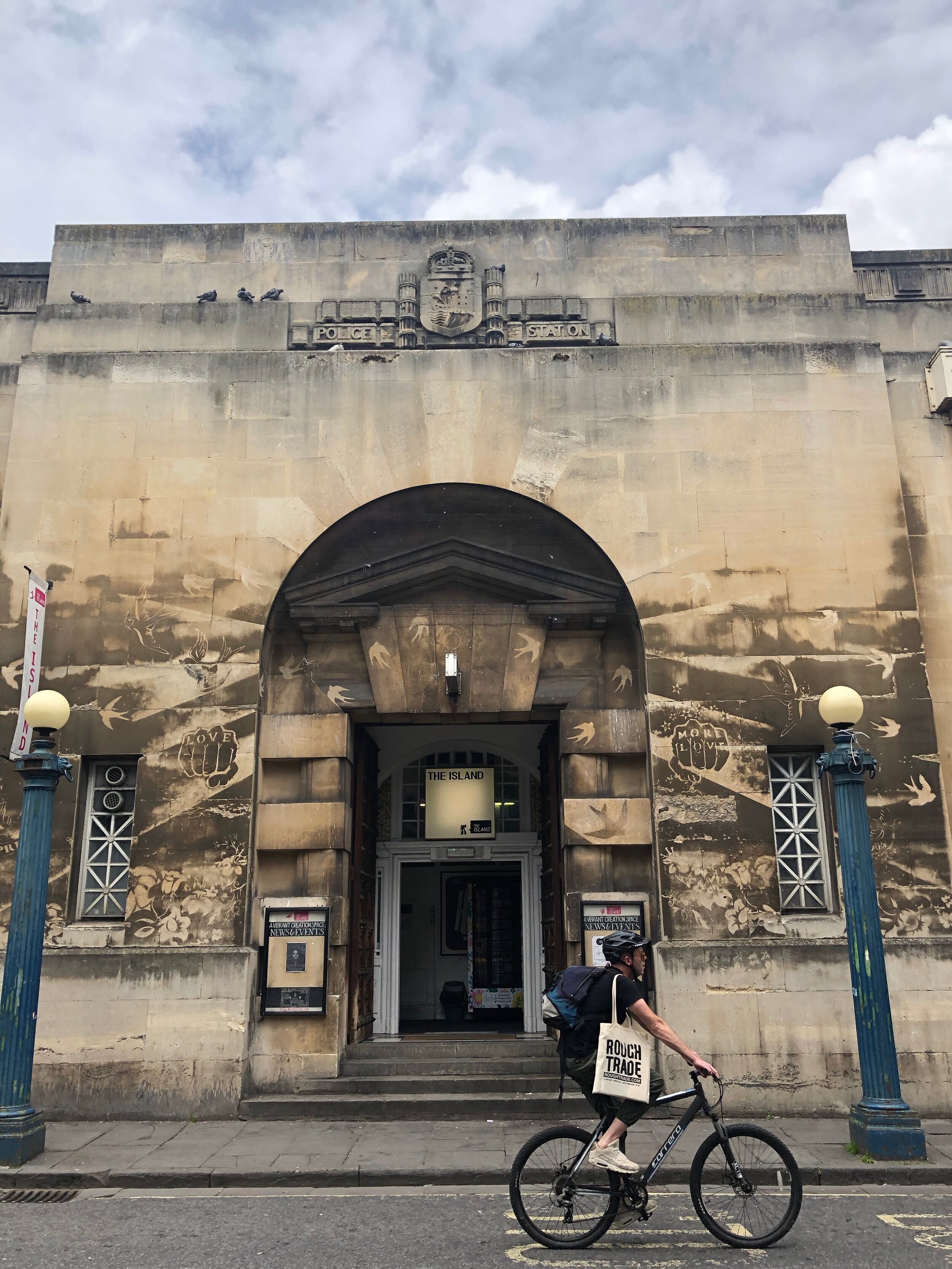
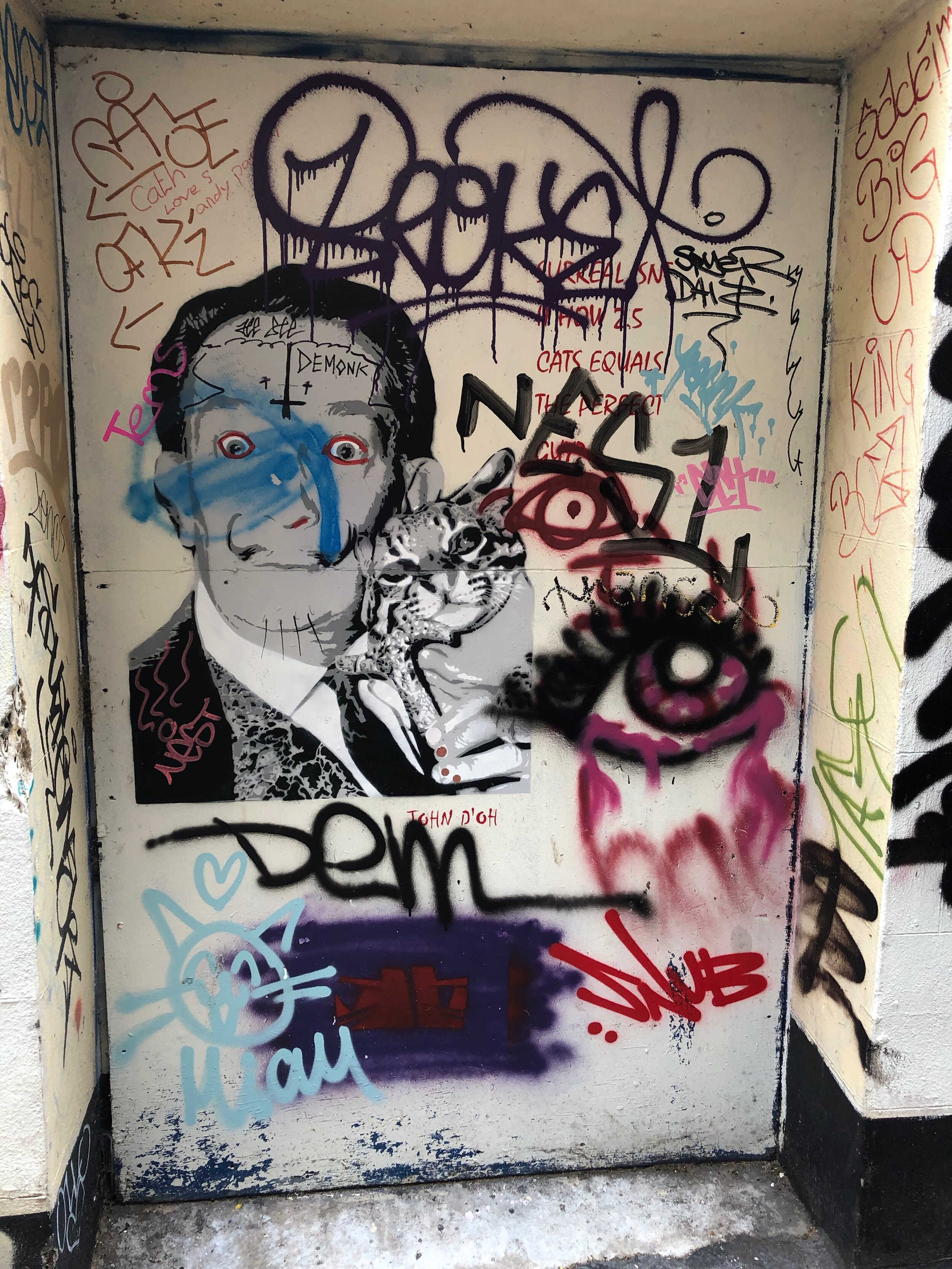
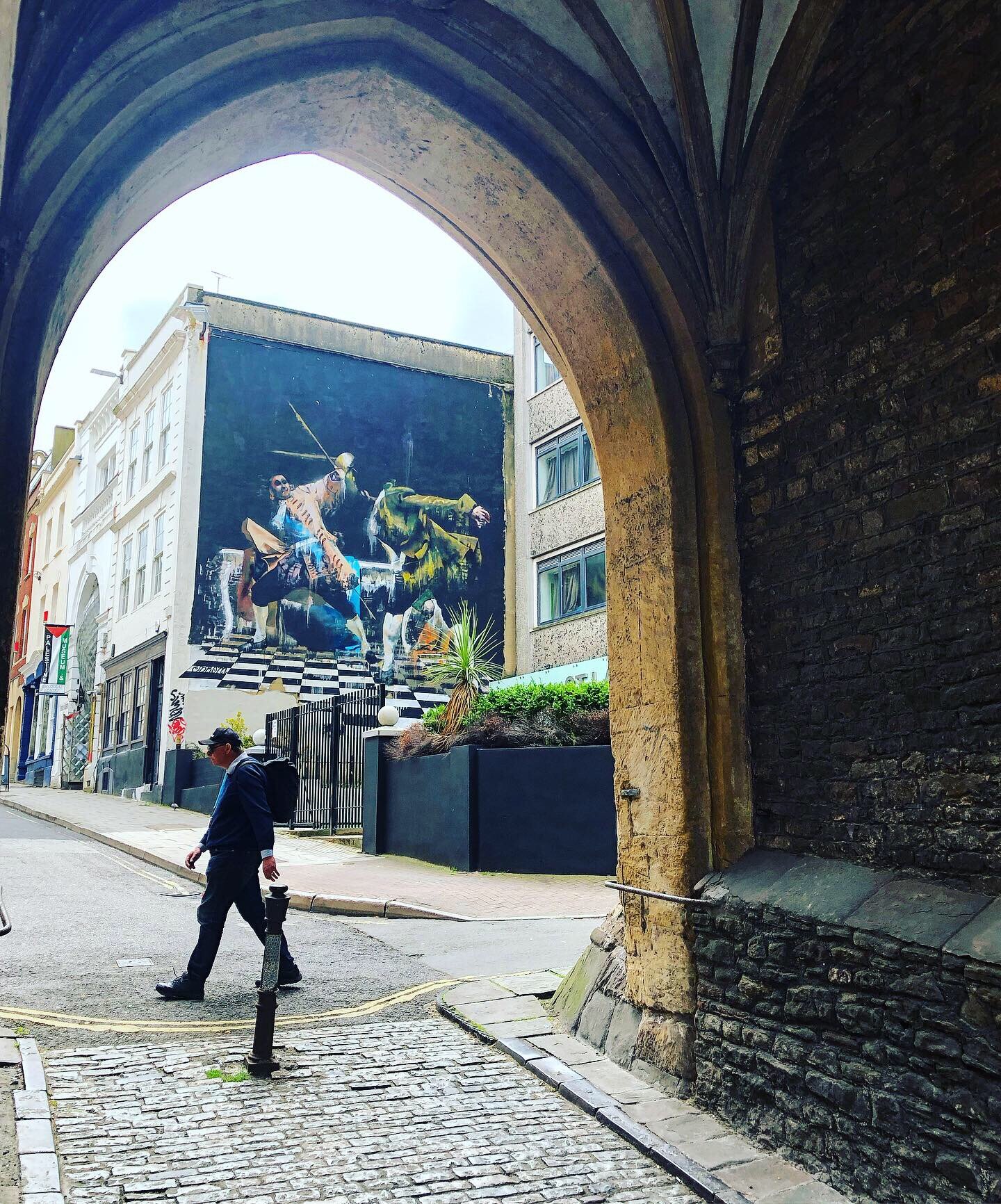
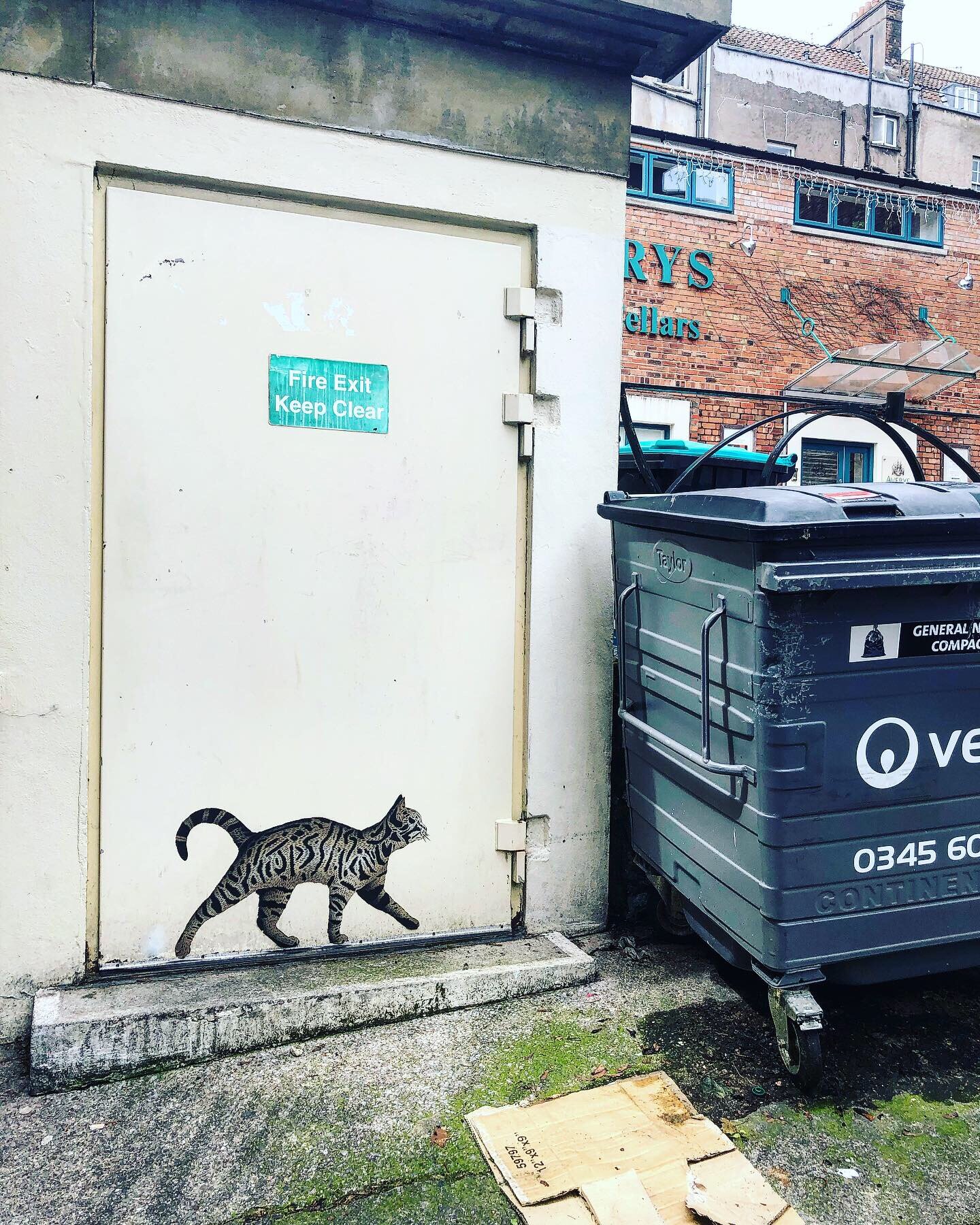

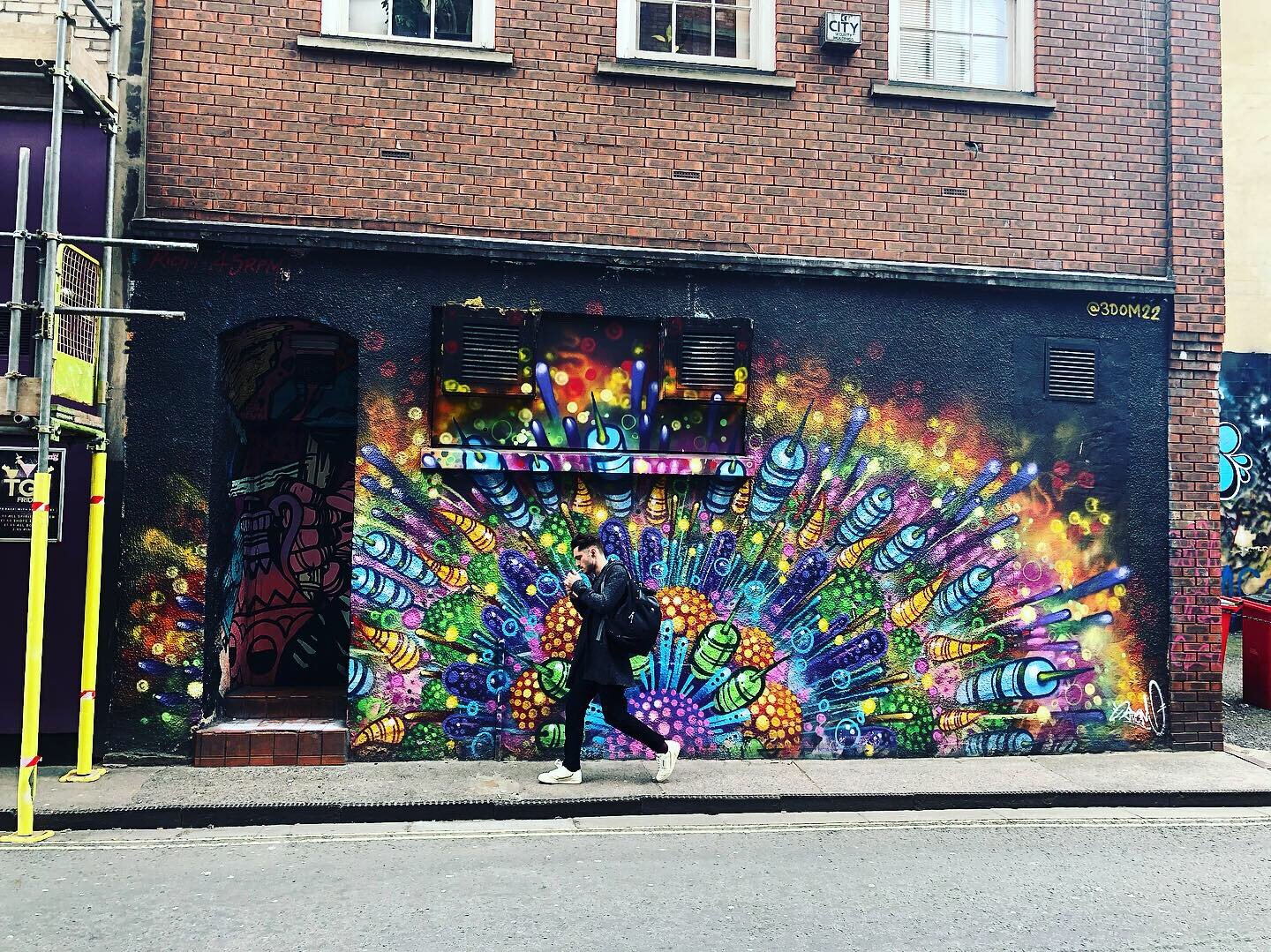
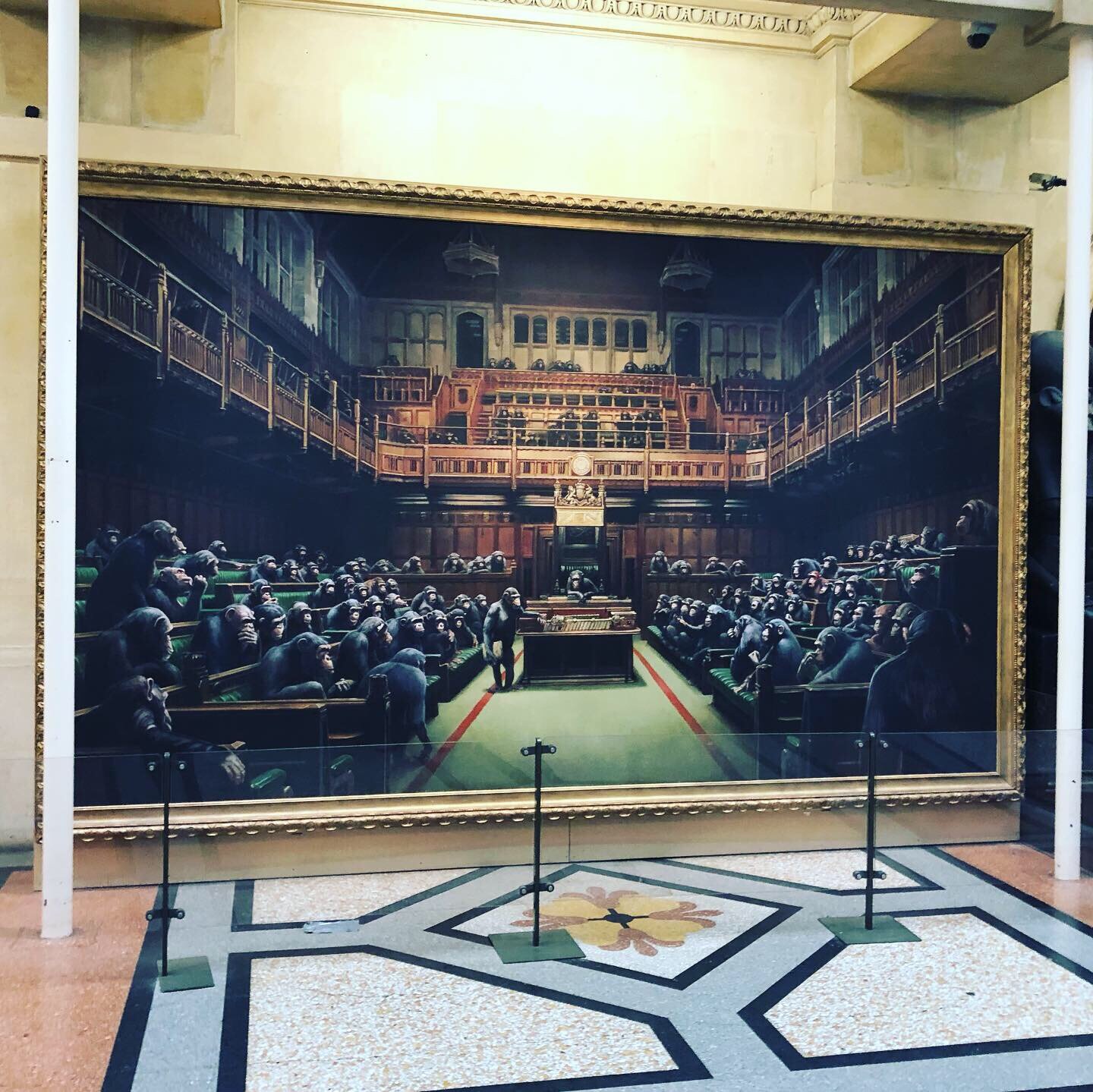
ARTH 2222: CONTEMPORARY ART & VISUAL CULTURE, 1945-PRESENT
Kwantlen Polytechnic University (Fridays 1:00-3:50pm, Surrey Campus Fir 136). Prerequisites: 6 credits of any 1100-level courses or higher.
ARTH 2222 offers a critical examination of international visual art and culture focusing on the role of art in consumerist society and the emergence of postmodernism. The course concentrates on visual art from the mid-1940s to the present day, with particular regard for historical events, factors of patronage and institutions—as well as changing attitudes to making and approaching art—in modern and postmodern art. We will consider the traditional media of painting and sculpture but must also take into account the addition of innovative media to art practice in recent years.
From photography to video, collage to assemblage, installation to performance, such media have extended notions of what art could materially consist of, but have also affected the anticipation of audiences for that work, having social as well as aesthetic implications. Ultimately, our attention will be on the network where art is made, presented to and reacted to by different parties, and to the ways that portions of the art system―such as art history and cultural criticism―have conceived of and explained the workings of such a system and the society it exists within.
ARTH 1130: INTRODUCTION TO FILM STUDIES
Robert De Niro as Travis Bickle in Martin Scorsese's Taxi Driver (1976)-
Kwantlen Polytechnic University (Fridays 4:00-7:50pm, Surrey Campus Fir 128). Prerequisites: none
Films that have been popular in recent years will be put in perspective through the study of film history and film concepts dating from the late nineteenth and early twentieth century right up to the present day.
Students will study the history and development of world cinema, and the comprehension and theory of film as a visual language and art-making practice from its inception in the late nineteenth century to the present. The goal of the course is to introduce students to the critical interpretation of the cinema and the various vocabularies and methods with which one can explore the aesthetic function, together with the social, political, and technological contexts and developments, of moving pictures. The format of this course (as a 4 hour block each class) will normally entail a one hour lecture, the screening of a full-length film, and a focused group discussion. Each film will serve as a starting point and gateway for discussion about the course’s daily theme.

